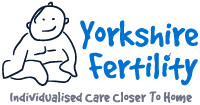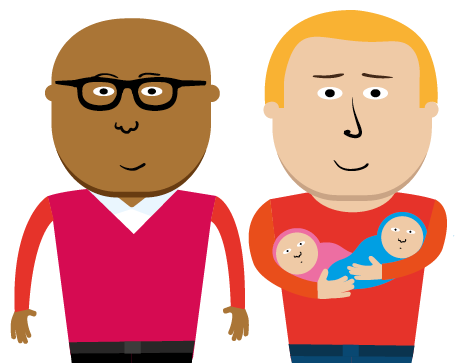In this section
Want to know more?
Website Feedback
We'd love to hear your thoughts on our website. This will help us continue to improve the experience you have while visiting our website and the content we have.
IVF ICSI Overview
IVF (in vitro fertilisation) is the fertilisation of eggs outside the body. It was first carried out successfully in humans in 1977 and has now become a routine process for treating couples who are unable to conceive naturally. ICSI (Intra-cytoplasmic sperm injection) differs from conventional IVF in that the embryologist selects a single sperm to be injected directly into an egg, instead of fertilisation taking place in a dish where many sperm are placed near an egg.
IVF and ICSI consists of many steps, which we have outlined below:
STEP 1 – SUPPRESSION OF HORMONES AND STIMULATION OF FOLLICLES
The first steps involve control of the necessary hormones. Most patients have long protocol IVF which starts with suppression of hormones to enable us to take control and prevent ovulation. This is called down regulation. Following this, injections are given to stimulate the ovaries to produce follicles that will contain the mature eggs.
Some patients have short protocol IVF in which the down regulation is not required. The most appropriate protocol for you will be discussed during your consultations. Ultrasound scans and blood tests are carried out to check development and once the follicles on your ovaries have reached a certain size, the eggs will be collected from the ovaries.
STEP 2 – EGG COLLECTION AND FERTILISATION
Following the egg collection procedure, the egg are placed together with the sperm and stored in an incubator, known as conventional IVF. Sometimes some extra assistance in fertilisation may be recommended and Intracytoplasmic Sperm Injection (ICSI) may be required. This technique allows a single sperm to be injected directly inside each egg and whilst not forcing fertilisation to occur, may assist in the process for some couples, for example where the number of sperm or movement of the sperm is low or fertilisation has failed to occur in the past with IVF.
STEP 3 – EMBRYO TRANSFER
The day after egg collection it is possible to tell how many eggs have fertilised normally but these fertilised eggs are kept in the incubators for a little longer to see how they develop. The observation of the development into embryos allows us to select which embryo(s) look the strongest to be selected for transfer back in the uterus. The embryo transfer will be on day 2, 3 or 5 after your egg collection. There may be an extra charge for culture to Day5/blastocyst.
STEP 4 – PREGNANCY TEST
Pessaries of progesterone are prescribed for use following the embryo transfer and a pregnancy test is done approximately two weeks after the embryo transfer.







